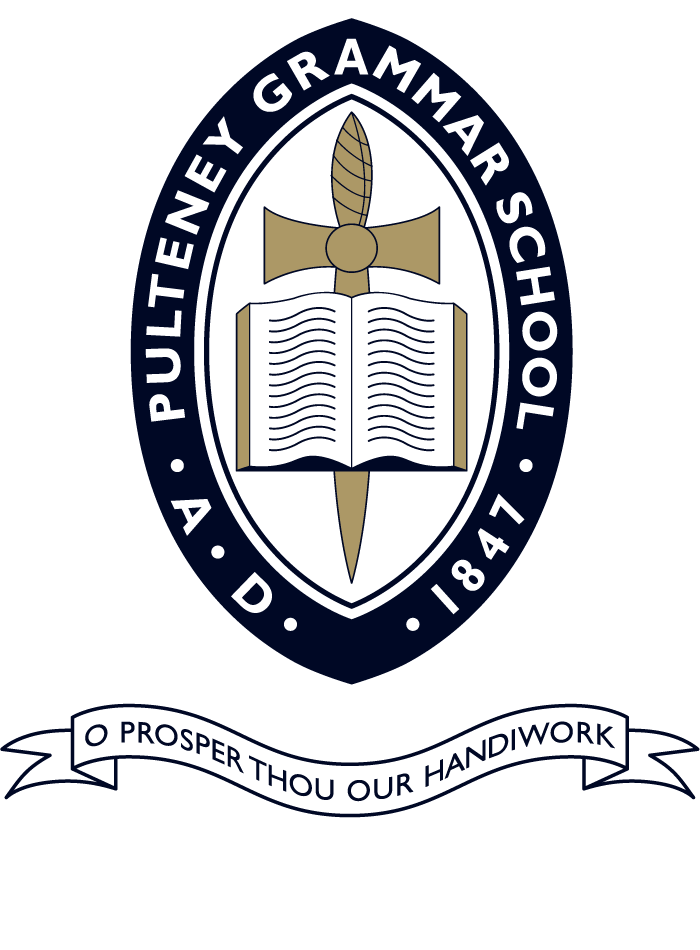Houses
The four houses at Pulteney Grammar School

Bleby-Howard

Cawthorne-Nicholls

Kennion-Miller

Moore-Sunter
Bleby-Howard

BLEBY HOUSE
Formed 1951
Named after Edward Herbert Bleby
Rector of St Paul’s Adelaide and chaplain to Pulteney 1909-1939
Blelby came to Adelaide in 1891 and was ordained in 1896. He was appointed rector to St Paul’s Adelaide and chaplain to Pulteney Street School. Bleby was chaplain of the school from 1910 to his retirement in 1939 and was a member of the Board of Governors from 1925 to 1941.
He was made Honorary Canon of Adelaide 1910-1930, after which he was made Canon.
A wise and learned pastor, his influence on several generations of boys cannot be fully estimated but was impressive. He died in January 1943 aged 72.
At its inception the house was composed entirely of new boys.
Originally the House colour was royal purple.
Formerly known as Howard House
Cawthorne-Nicholls

CAWTHORNE HOUSE
Formed 1961
Named after William Anderson Cawthorne Headmaster, 7 June 1852 – August 1855
Cawthorne arrived in South Australia in 1841. In 1852 he briefly joined the Victorian goldrush, and on June 7 he was appointed Headmaster of Pulteney Street School.
He undertook repairs to the schoolroom and playground, and offered subjects such as singing and algebra. A small library was made available for the children to use.
In August 1854 he resigned and in 1855 opened his own school, The Victoria Square Academy. A romantic character, he was an artist, musician, author and newspaperman as well as a teacher. He wrote four books and had a serious interest in and knowledge of Aboriginal culture. He died in 1897.
Originally the House colour was grey.
Formerly known as Nicholls House
Kennion-Miller

KENNION HOUSE
Formed 1961
Named after Right Reverend George William Kennion Bishop of Adelaide 1882-1894
Kennion was educated at Eton and Oxford, became a priest in 1870, and was an UK Inspector of schools 1871-1873. In 1882 he was chosen as 2nd Bishop of Adelaide.
A moderate high churchman, Kennion’s time in Adelaide was marked by his warm hearted pastoral concern, founding Kennion Hall, a home for boys, and the Diocesan Board of Education.
Kennion donated prizes for swimming to Pulteney Street School as well as a side drum for the Drum and Fife band in mid 1886.
In 1894 he left South Australia to become Bishop of Bath and Wells. After serious illness he resigned in 1919 and died 19 May 1922.
Originally the House colour was pale blue.
Formerly known as Miller House
Moore-Sunter

MOORE-SUNTER HOUSE
Formed 1939
Named after William Samuel Moore Headmaster 1861-1884
Moore started with 11 boys but numbers steadily increased. By 1869 there were 260 boys and 39 girls in regular attendance. His wife, Elizabeth was in charge of the girls’ school.
Moore maintained a prosperous school with a reputation for a broad and sound curriculum. In his 23 years as Headmaster he undertook every role in the school, from finances to teaching, administration, repairs caretaker and even cleaning. In April 1884 Moore resigned to become rector of St Mary’s, South Road.
Moore died July 17, 1901. His term is commemorated with a brass tablet which was unveiled at Pulteney Street School on May 11,1902.
Originally the House colour was green.
